To be honest, I really don’t know all that much about the
Napoleonic Wars, although I recall them being covered in my honors European
History class in 10th grade.
I occasionally come across articles about Napoleon and Wellington and
the history of the era, but somehow it hasn’t sunk in very well. It seems like
once the United States got its own history as a nation, Europe was out of our
focus until America got pulled into two world wars and then became world
peacekeeper through the Cold War second half of the twentieth century. I feel
like I know more about European history from the Romans through about 1700 than
I do the two centuries after that.
Anyway, so now I’m at Waterloo where Napoleon made his last
stand. Because of it there are towns named Waterloo all across the English-speaking
world – funny for a small village in Belgium. Anyway, under pressure from other
European powers, Napoleon abdicated in 1814 after French defeat and went into
Exile. In 1815 Napoleon returned to France, rallied up a new army to challenge
Britain, Prussia, and the Netherlands. On June 18. 1815 the armies met and
battled for a day near Waterloo, about 12 miles south of Brussels. The British under Wellington and Prussians
under Blucher scored a decisive victory, and Napoleon soon abdicated again after
his defeat, to be exiled to the British South Atlantic isle of Saint Helena.
Interestingly, there were about 50,000 dead and wounded in the one-day battle,
about evenly split between the two sides, making it only the third bloodiest
battle of the Napoleonic Wars.
I was apparently traveling at the time of the reenactment
for the 200th anniversary of the battle in 2015 because I don’t
remember hearing much about it, but it was apparently a quite big event. When I think of Waterloo what’s always come
to mind is the conical hill with the lion statue on top called the Butte du
Lion. So here I learned the famous monument commemorates not Wellington but
William, the Dutch Prince of Orange at the spot where he was wounded during the
battle, constructed in the 1820s a few years before Belgium got independence
from the Netherlands. Climbing to the top is probably the highlight of the
Waterloo experience, but there’s now a huge underground memorial museum
adjacent to the Butte and several other spots of significance to the battle in
the surrounding area, including Wellington’s headquarters, Napoleon’s headquarters,
and Houguemont Farm, where some of the fiercest fighting of the battle took
place.
Later in the day I took in two other sights in Walloon Brabant
a short distance south of Waterloo. The Collegiate Church of Saint-Gertrude in
Nivelles is the largest Romanesque church in Belgium and was once part of one
of the most important abbeys in the region in medieval times. The second was
the Abbaye de Villers, the atmospheric ruins of what was once one of Belgium’s
largest monastic complexes but was destroyed in 1794 during the wave of anti-clericalism
“the terror” after the French Revolution. It’s quite similar to other ruins of
monasteries I’ve seen in Scotland that were destroyed after the Reformation.

 Waterloo, Walloon Region, Belgium
Waterloo, Walloon Region, Belgium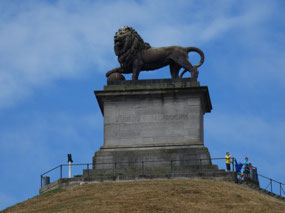
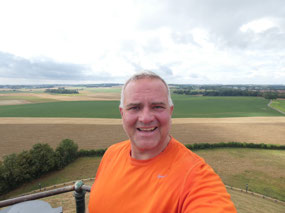





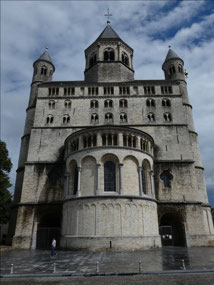
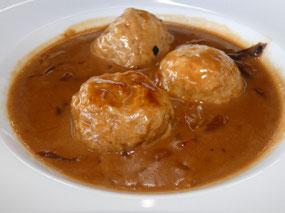
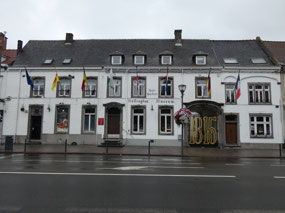
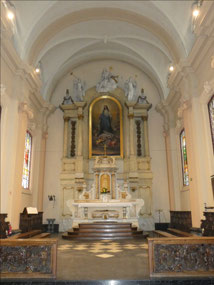
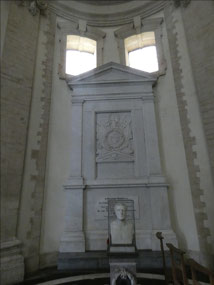

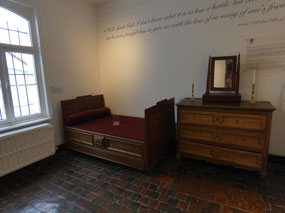

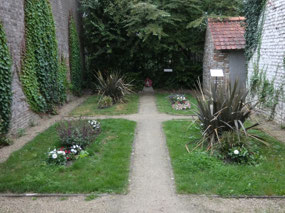
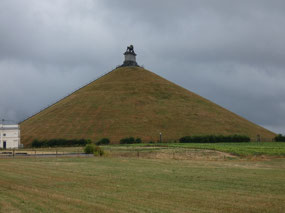
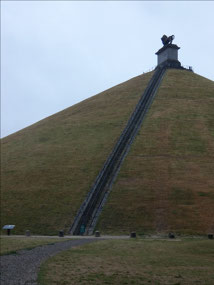
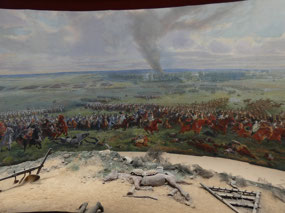
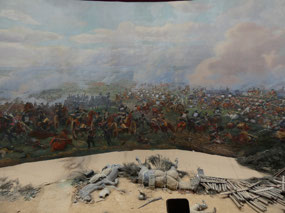
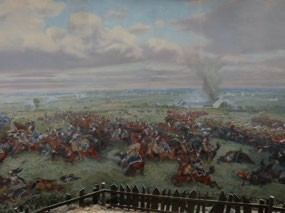

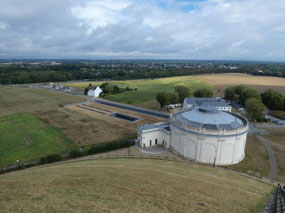
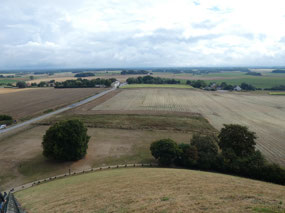
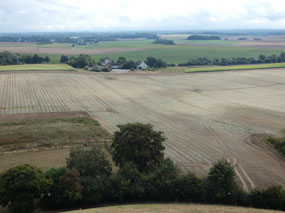
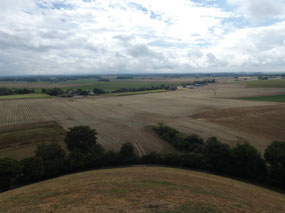
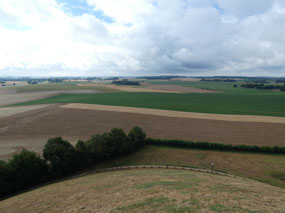
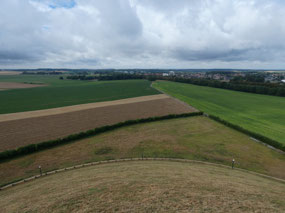
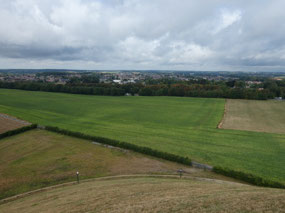
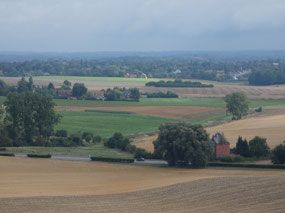

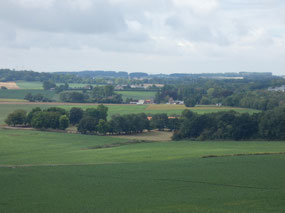
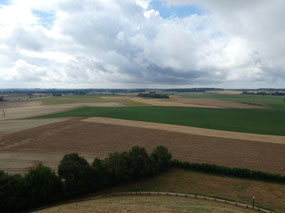
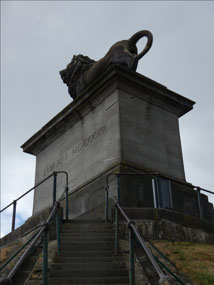
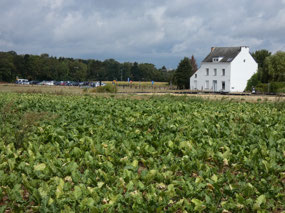

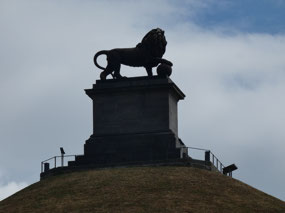
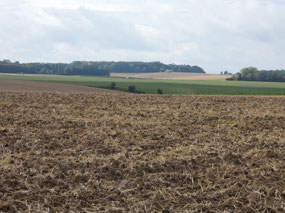
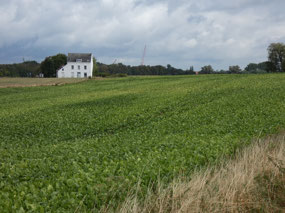
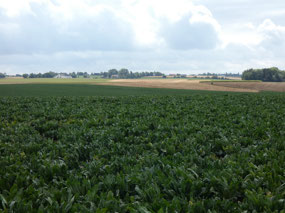
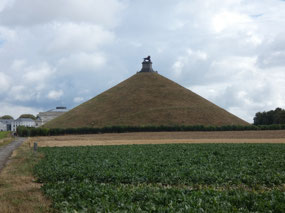
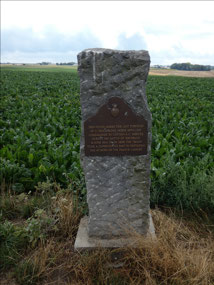
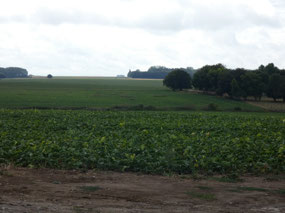
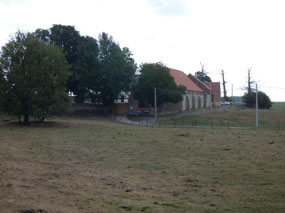

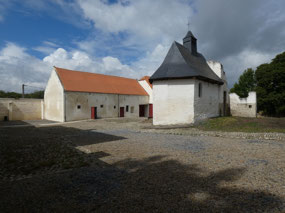
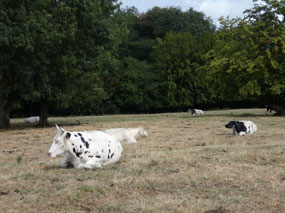
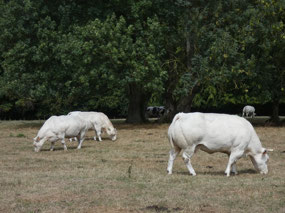
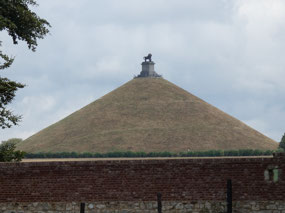
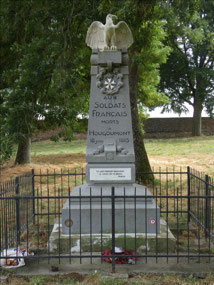
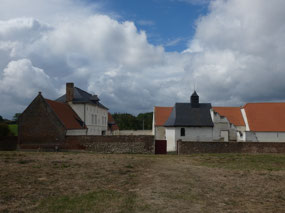
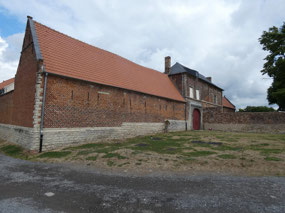
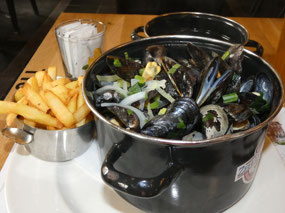
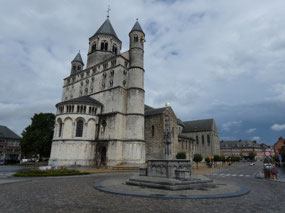
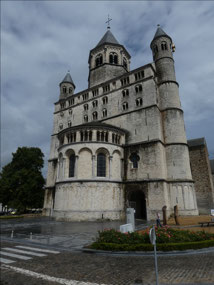
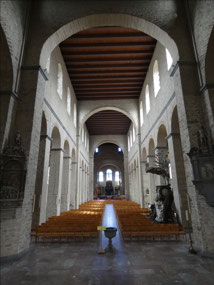

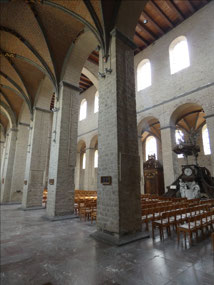
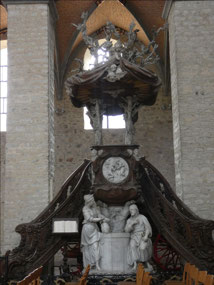
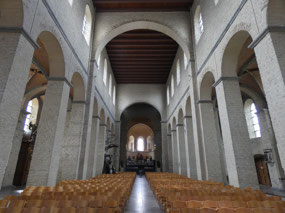
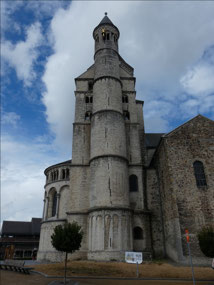
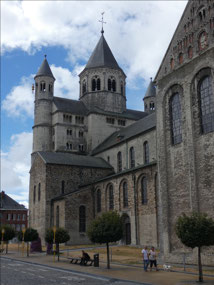
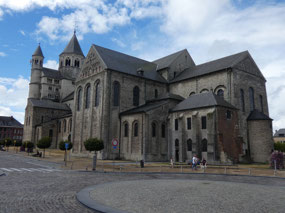
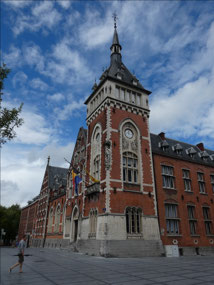
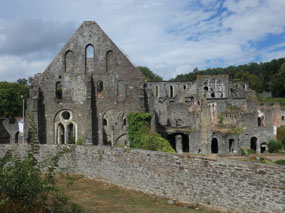
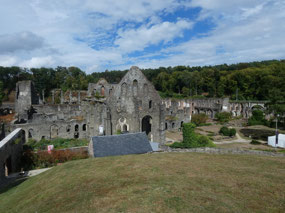
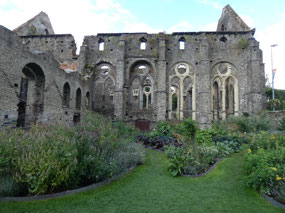

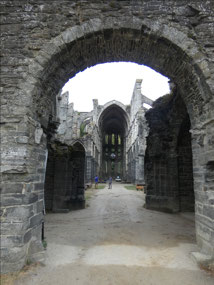
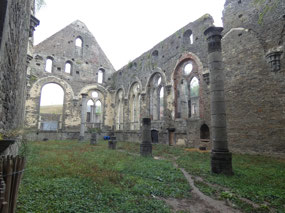
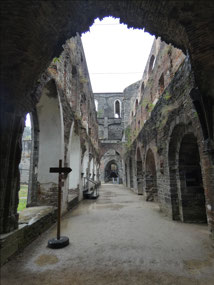
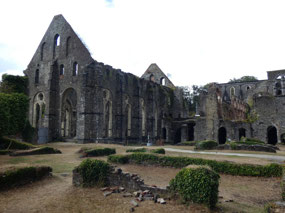
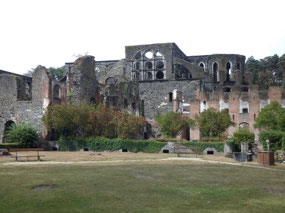
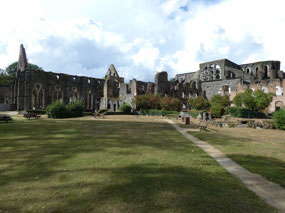
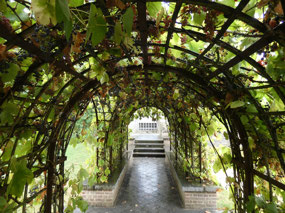
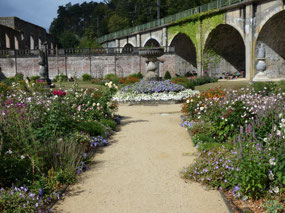
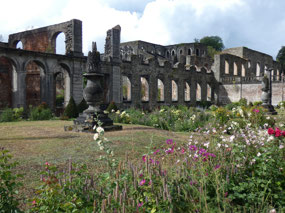
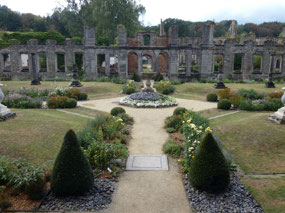
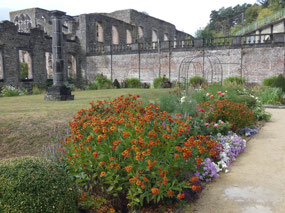
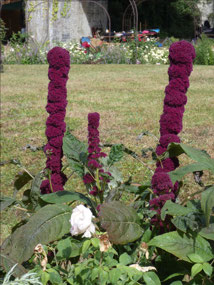

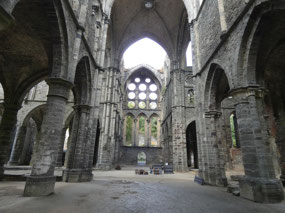
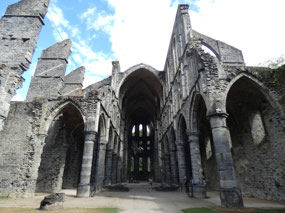
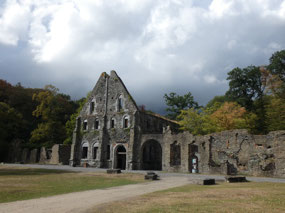
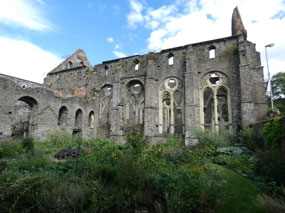

2025-05-22